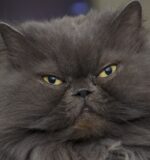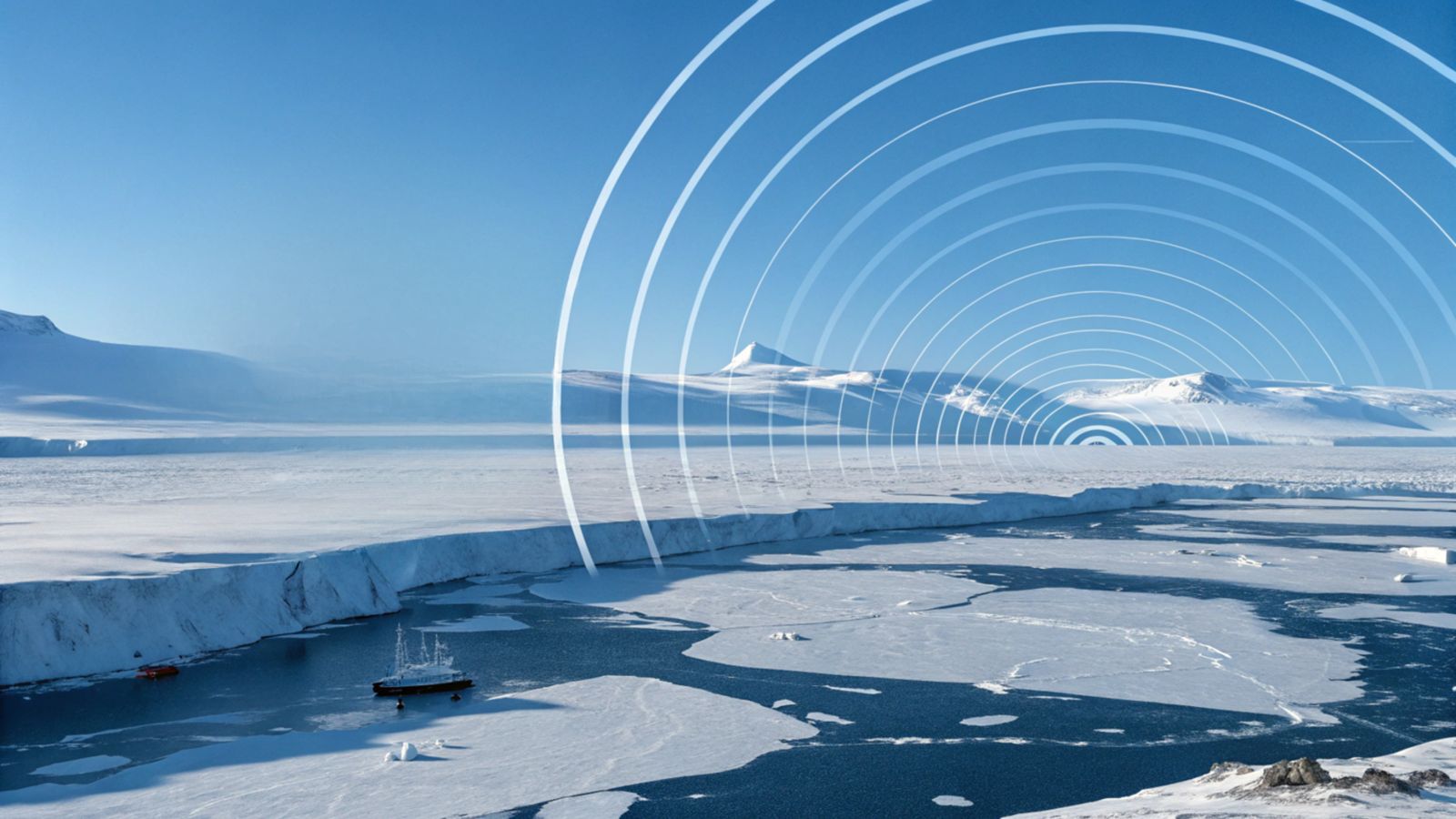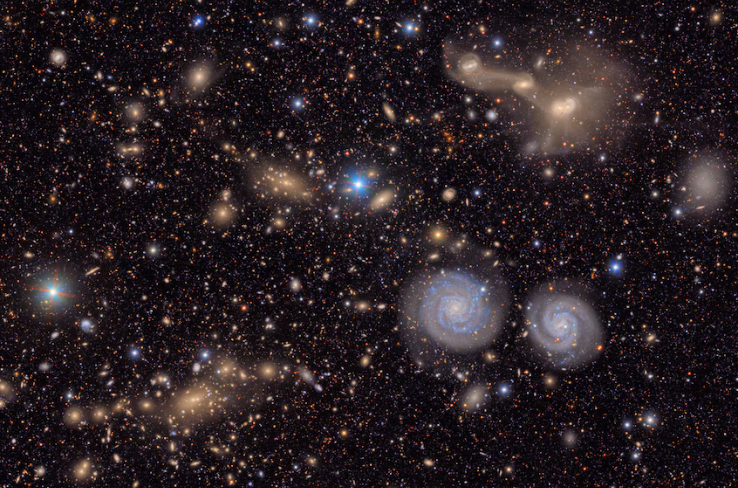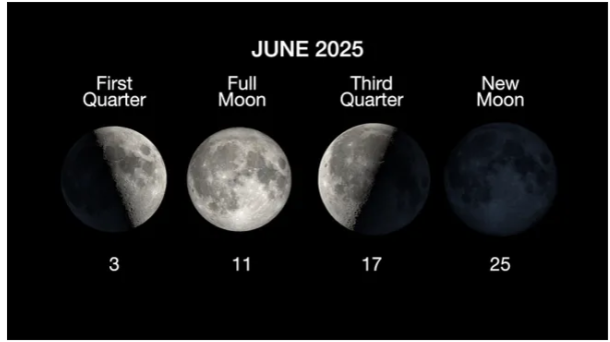It’s no accident that cats are adorable: We’ve selectively bred them across generations for maximum cuteness. But that breeding has a downside: It’s left some of our feline friends with permanent frowny faces that cannot show emotions.
In particular, new research published in December in the journal Frontiers of Veterinary Science suggests that selective breeding for the “brachycephalic,” or flattened face type – think Persians and Himalayans – has stunted these cats’ ability to communicate fear, anxiety, or pain accurately.
These flat-faced breeds have faces stuck in a permanent grimace that suggests pain, even when they are in no pain at all.
“This result was a real eye-opener for me. I didn’t exactly go in expecting to find that brachycephalic faces would have pain-like expressions,” said study lead author Lauren Finka, a postdoctoral researcher at Nottingham Trent University in England.

Permanent grimaces
Those permanent grimaces could mean cat owners won’t be able to tell when their cat companions are actually in pain, Finka told Live Science.
Thanks to humans’ selective breeding, cat faces have changed the most of any of their physical features. Yet, despite the importance of faces for nonverbal communication in animals, little research has studied how this breeding has changed feline facial expressions.
To answer that question, Finka and her colleagues used a computer algorithm to analyze facial data from more than 2,000 cat photos and assign each one a score from neutral to full-on grimace.
By comparing the neutral facial expressions of various cat breeds against the grimacing facial expressions of domestic shorthair cats recovering from routine surgeries, Finka and her colleagues found that while cats aren’t terribly expressive to begin with, flat-faced cats seemed to display “pain-like” facial expressions even when completely relaxed. One particular breed, the Scottish Fold, scored even higher for pain-like facial expressions than shorthair cats that were actually in pain.
Forever young
So why do we prefer cats that look like they are in pain? One theory is that we breed animals to stay longer in an infantile state, a process called neotenization. And babies and youngsters cry a lot.
“We likely have an innate preference for pain-like features because they probably tap into our drive to nurture,” Finka said. “We feel sorry for them.”
Our preference for baby faces may end up harming our furry companions. Past research has shown that extreme facial modifications in cats come with a host of ailments, from constricted airways to excessive skin folding to breathing and vision problems. And these are all due to our penchant for smooshed faces.
“Unfortunately, what it means for our pets is that we may continue to prefer – and even encourage – the existence of breeds with serious health problems that may also struggle to communicate with us and potentially other animals,” Finka wrote in The Conversation.
That’s right. Squished faces, as cute as they might be, could interfere with the way cats communicate with their owners, meaning cat owners might miss when their cats are actually in pain.
“If you’re buying a cat, be sure to do your research,” Finka said. “It’s important that we consider the abilities of our animals to communicate.”








 Photographer Finds Locations Of 1960s Postcards To See How They Look Today, And The Difference Is Unbelievable
Photographer Finds Locations Of 1960s Postcards To See How They Look Today, And The Difference Is Unbelievable  Hij zet 3 IKEA kastjes tegen elkaar aan en maakt dit voor zijn vrouw…Wat een gaaf resultaat!!
Hij zet 3 IKEA kastjes tegen elkaar aan en maakt dit voor zijn vrouw…Wat een gaaf resultaat!!  Scientists Discover 512-Year-Old Shark, Which Would Be The Oldest Living Vertebrate On The Planet
Scientists Discover 512-Year-Old Shark, Which Would Be The Oldest Living Vertebrate On The Planet  Hus til salg er kun 22 kvadratmeter – men vent til du ser det indvendigt
Hus til salg er kun 22 kvadratmeter – men vent til du ser det indvendigt  Superknepet – så blir snuskiga ugnsformen som ny igen!
Superknepet – så blir snuskiga ugnsformen som ny igen!  Meteorite That Recently Fell in Somalia Turns Out to Contain Two Minerals Never Before Seen on Earth
Meteorite That Recently Fell in Somalia Turns Out to Contain Two Minerals Never Before Seen on Earth  Nearly Frozen Waves Captured On Camera By Nantucket Photographer
Nearly Frozen Waves Captured On Camera By Nantucket Photographer  It’s Official: Astronomers Have Discovered another Earth
It’s Official: Astronomers Have Discovered another Earth 